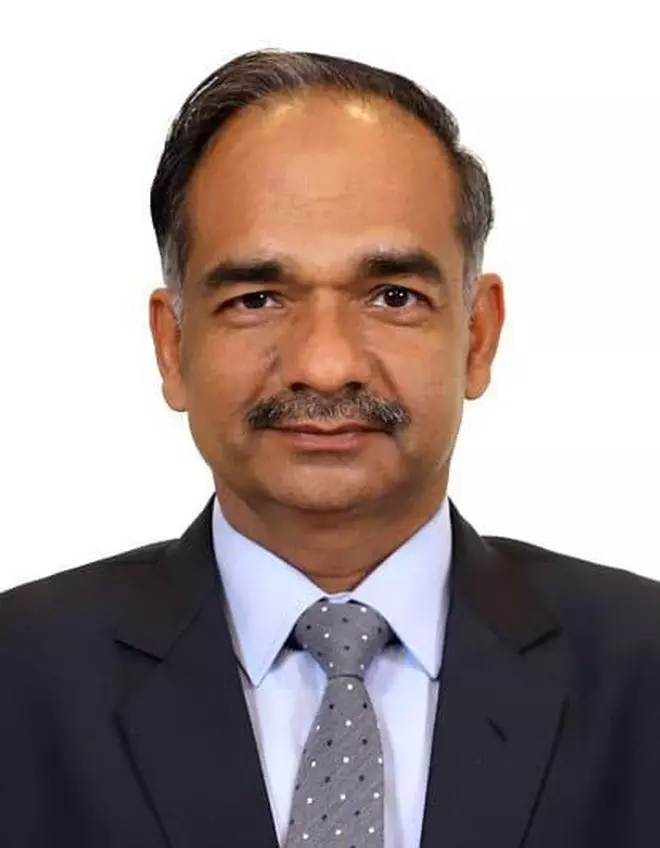The Budget presented by the Finance Minister has two big messages for the energy sector. First, India has started to calibrate the pace of its energy transition to subserve the overarching objectives of energy security and growth of green jobs. Second, India is going to open nuclear energy for its private sector. Beyond this, it stayed away from difficult but critical reforms and mostly preferred the route of taking forward the programmes already initiated.
Before we examine the Budget announcements for power sector growth and the missed opportunities, let us quickly take a birds’ eye view. India successfully met a record demand of 250 GW in May and can boast of one of the largest and well-functioning integrated electricity grid in the world. Our electricity markets have evolved significantly. RE capacity has expanded at record speed. Discoms have shown a rapid improvement in operational efficiency. However, sluggish than targeted growth in RE capacity expansion, controlling the increase in costs of power and ever increasing financial losses of utilities still remain as key challenges. There are pressures to set up many more new coal-based capacities for meeting the anticipated demand in growth. In this context, the Budget announcement to prioritise the development of small and modular nuclear reactor technology might turn out to be a gamechanger for phasing out coal after few decades. Initiatives like a policy to promote pumped storage projects, supporting development of a coal-based 800 MW unit with cleaner Advanced Ultra Supercritical Technology, investment grade energy audits in MSME clusters and rolling out of the Indian Carbon Market are also welcome steps building upon the progress made in the past. However, absence of announcement of FAME-3 to support electric mobility would create a policy uncertainty.
Vocal for local
With the objective of promoting local manufacturing of clean technologies and processing/recycling of critical minerals, a ‘critical minerals mission’ has been announced and import duties on critical minerals and the capital goods for manufacturing of solar modules/cells have been slashed. Though it may be on bit slower route, these steps will not only boost growth of manufacturing jobs but also ensure energy security in the long term. For attaining the goals of reliability, affordability and sustainability, power sector requires more policy interventions than direct budgetary support. Our experience in development of transmission lines and large solar parks through private sector participation has shown that appropriate policy framework can bring in private capital at much lower costs to consumers. Real challenge lies in further opening of markets to achieve lower power system costs through optimisation of both the capacity expansion and despatch of plants in day to day operations.
Our electricity markets are still very shallow and utilities are still being forced to enter into rigid long-term PPAs which hinders optimisation of power plant despatches. The solution lies in transition to capacity markets and instruments like contract for difference. Policies like waiver of transmission charges for RE, good for initial scaling up, needs to be quickly phased out as it is now leading to ballooning of transmission costs on utilities and lopsided growth of RE potential only in few areas of the country. Budgetary support needs to be provided in a manner that it incentivises financial discipline in utilities and mitigates the additional burden on power purchase costs as India adopts new clean technologies for decarbonisation of the power sector
Budgetary support needs to be provided in a manner that it incentivises financial discipline in utilities and mitigates the additional burden on power purchase costs as India adopts new clean technologies for decarbonisation of the power sector. Promoting local manufacturing and addressing the handicaps of otherwise desirable clean energy technologies should be other criteria for the budgetary support. This has been largely followed in the budget announcements. Supporting expansion of charging infrastructure for electric mobility expansion, infrastructure development for hydro power projects, pilot of CCS technology on a 500MW unit are other examples for such support. Reform performance linked grants to states for controlling rise in tariff through schemes like RDSS needs expansion. Not a general bail out to utilities of states indulging in mismanagement of their power sector.

Alok Kumar
(The writer is a former Union Power Secretary)





Comments
Comments have to be in English, and in full sentences. They cannot be abusive or personal. Please abide by our community guidelines for posting your comments.
We have migrated to a new commenting platform. If you are already a registered user of TheHindu Businessline and logged in, you may continue to engage with our articles. If you do not have an account please register and login to post comments. Users can access their older comments by logging into their accounts on Vuukle.